How to Choose the Best Low Light Indoor Plants
Struggling to keep houseplants alive in dimly lit rooms? You’re not alone—and the good news is, you don’t need a sun-drenched space to enjoy lush greenery.
The best low-light indoor plants include the Snake Plant, ZZ Plant, Pothos, Peace Lily, and Cast Iron Plant. These varieties thrive in shade, need minimal sunlight, and are perfect for offices, bedrooms, and apartments with limited natural light.
Whether you’re a busy plant parent or a first-time indoor gardener, choosing the right plant for your lighting conditions is the secret to success. Let’s help you find your ideal low light companion!
Table of Contents
Table of Contents
Why Light Matters for Indoor Plants
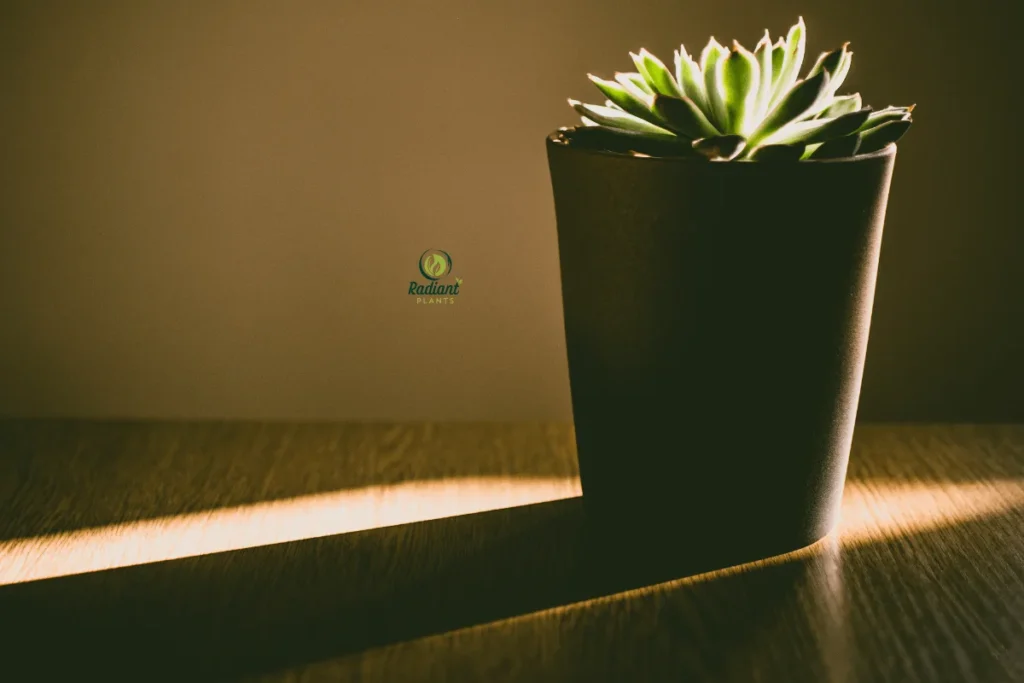
Understanding Light Levels
Light levels for the best low light indoor plants are crucial to their survival and growth. These plants are specially adapted to thrive in environments where direct sunlight is minimal or inconsistent. However, even shade-loving plants require some light to photosynthesize and remain healthy.
🌤 Common Indoor Light Levels:
- Bright Indirect Light: Near windows with filtered sun (ideal for most houseplants).
- Medium Light: A few feet from a bright window.
- Low Light: Corners, hallways, or north-facing rooms.
How to Measure Light Indoors
Measuring light helps ensure you’re placing your plant in the right spot. Here’s how:
🧪 Simple Ways to Measure Light:
- Shadow Test:
- Sharp shadow = Bright light
- Fuzzy shadow = Medium light
- Barely visible shadow = Low light
- Lux Meter Apps: Free tools on smartphones that read light levels in lux.
- Light Meter Devices: Professional tools to measure foot-candles or lux accurately.
Light Level | Lux Range | Ideal For |
|---|---|---|
Bright Indirect | 1,000–2,000 lux | Fiddle Leaf Fig, Rubber Plant |
Medium Light | 500–1,000 lux | Peace Lily, Dracaena |
Low Light | 50–500 lux | Best low light indoor plants like Snake Plant, ZZ Plant |
Understanding these ranges helps you place the best low light indoor plants where they’ll flourish without frustration. Even shade-tolerant varieties will struggle if the light is too low to sustain growth.
Next, we’ll look at the plant traits that make them ideal for low-light success.
What Qualifies as a Low Light Indoor Plant?
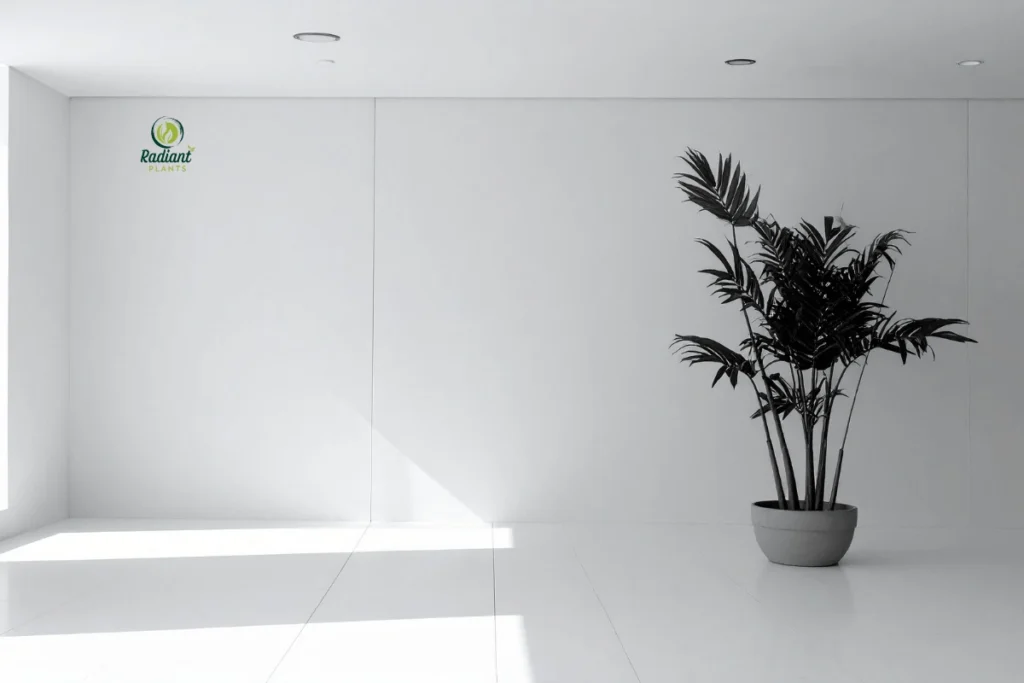
Traits of Low-Light Tolerant Plants
The best low light indoor plants for beginners are those that can adapt to dim environments without sacrificing their health or appearance. These plants don’t need direct sun and can thrive in shaded corners, north-facing rooms, or under artificial lighting.
🌱 Key Characteristics of Low Light Plants:
- Thick, waxy, or dark green leaves (better at absorbing limited light)
- Slow growth rate (requires less energy)
- Drought tolerance (less frequent watering)
- Ability to thrive under fluorescent light
These traits make the best low light indoor plants for beginners ideal for homes, offices, or rooms with minimal sunlight.
Common Misconceptions
Even plants labeled “low light” need some light—no plant thrives in complete darkness. Here are a few myths to clear up:
- Myth: Low light = no light
Fact: Low light means indirect or ambient light, not total darkness. - Myth: All green plants handle low light well
Fact: Some popular plants (like succulents) still need bright light. - Myth: Windowless bathrooms are perfect for any plant
Fact: Unless there’s a skylight or artificial grow light, most plants will decline.
Understanding these basics ensures beginners select and place plants wisely, helping them succeed with the best low light indoor plants for beginners from the start.
Top 10 Best Low Light Indoor Plants
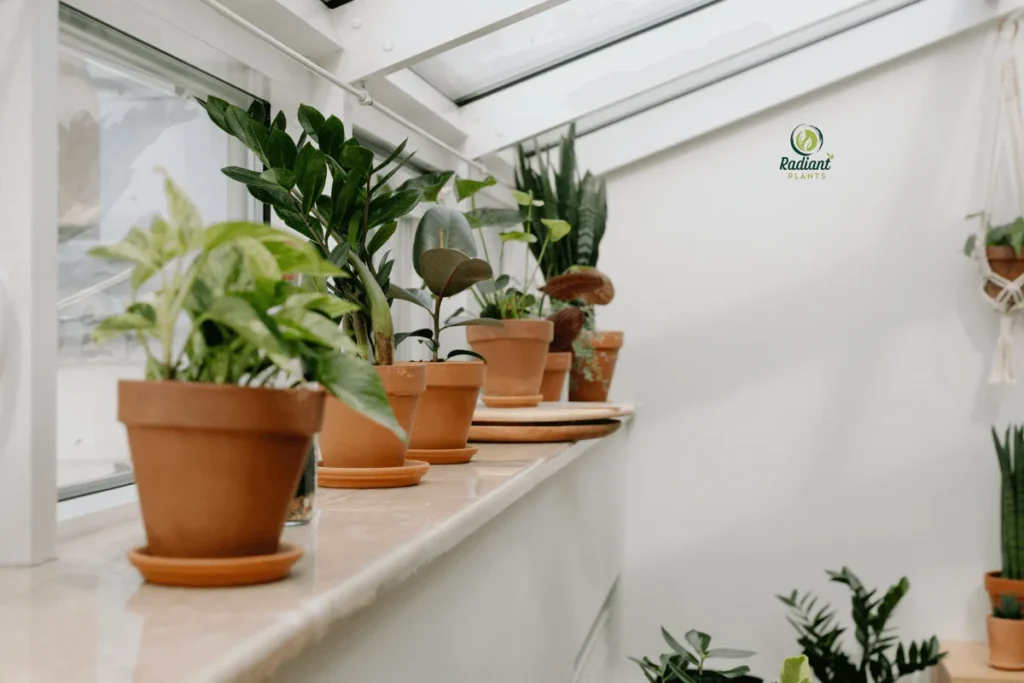
Looking for greenery that thrives in the shade? The best low light indoor plants are resilient, low-maintenance, and perfect for dim apartments or offices. Whether you’re a beginner or a seasoned plant lover, these ten options offer beauty with minimal sunlight.
🌿 Snake Plant (Sansevieria trifasciata)
- Light: Tolerates very low light
- Water: Every 2–3 weeks
- Care Level: Easy
- Bonus: Air-purifying and nearly indestructible
🌿 ZZ Plant (Zamioculcas zamiifolia)
- Light: Low to indirect
- Water: When soil is completely dry
- Care Level: Very easy
- Bonus: Glossy leaves; drought-tolerant
🌿 Pothos (Epipremnum aureum)
- Light: Low to medium
- Water: Once the soil dries out
- Care Level: Easy
- Bonus: Fast-growing and trails beautifully
🌿 Peace Lily (Spathiphyllum spp.)
- Light: Low to medium
- Water: Keep soil moist
- Care Level: Moderate
- Bonus: Produces white blooms in low light
🌿 Cast Iron Plant (Aspidistra elatior)
- Light: Tolerates very low light
- Water: Allow soil to dry between waterings
- Care Level: Very easy
- Bonus: Hardy and long-living
🌿 Chinese Evergreen (Aglaonema spp.)
- Light: Low
- Water: Moderate
- Care Level: Easy
- Bonus: Colorful foliage; great for offices
🌿 Philodendron (Heartleaf)
- Light: Low to medium
- Water: Weekly or when topsoil is dry
- Care Level: Easy
- Bonus: Great trailing plant for shelves
🌿 Dracaena
- Light: Low to bright indirect
- Water: Lightly every 10–14 days
- Care Level: Moderate
- Bonus: Adds height and structure
🌿 Spider Plant (Chlorophytum comosum)
- Light: Low to bright indirect
- Water: Weekly
- Care Level: Easy
- Bonus: Produces “baby” offshoots
🌿 Parlor Palm (Chamaedorea elegans)
- Light: Low
- Water: Every 1–2 weeks
- Care Level: Easy
- Bonus: Pet-safe and air-purifying
📝 Comparison Table
Plant Name | Light Needs | Care Level | Pet Safe? | Bonus Feature |
|---|---|---|---|---|
Snake Plant | Very Low | Easy | ❌ | Air purifier |
ZZ Plant | Very Low | Easy | ❌ | Drought tolerant |
Pothos | Low-Medium | Easy | ❌ | Fast-growing, trailing |
Peace Lily | Low-Medium | Moderate | ❌ | Flowers indoors |
Cast Iron Plant | Very Low | Very Easy | ✅ | Extremely hardy |
Chinese Evergreen | Low | Easy | ❌ | Decorative foliage |
Philodendron | Low-Medium | Easy | ❌ | Heart-shaped leaves |
Dracaena | Low-Bright | Moderate | ❌ | Architectural form |
Low-Bright | Easy | ✅ | Propagates easily | |
Parlor Palm | Low | Easy | ✅ | Pet-friendly and purifying |
These selections are consistently ranked among the best low light indoor plants thanks to their adaptability and aesthetic appeal. Whether you need something pet-safe, trailing, or architectural, there’s a perfect match on this list.
TOP 10 Low Light Houseplants + Helping Them Thrive at Home 🪴
How to Choose the Right Plant for Your Space
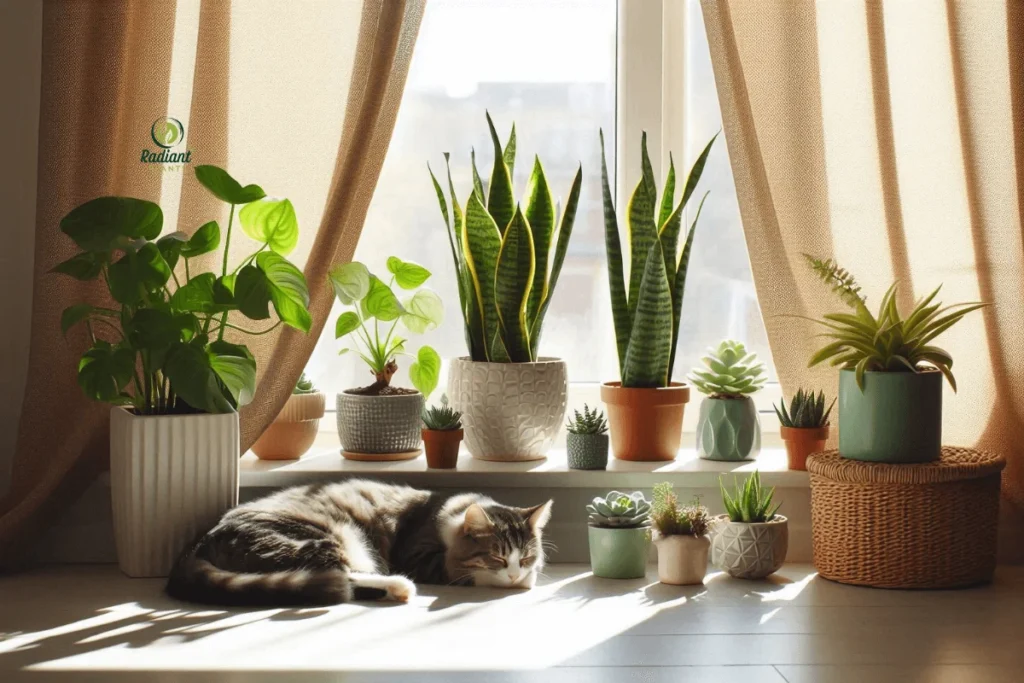
Choosing the right greenery goes beyond just picking a pretty plant. To choose the best low light indoor plant for your home, you need to assess your lighting, lifestyle, and whether pets live with you. The right match ensures your plant not only survives—but thrives.
Consider Lighting Conditions
Not all “low light” is created equal. Look at how much natural light your space gets throughout the day.
💡 Quick Tips:
- North-facing windows = very low light
- Interior rooms = rely on ambient or artificial light
- Shadow test = helps determine light intensity
To choose the best low light indoor plant for your home, avoid placing even low-light plants in complete darkness—some indirect or filtered light is still necessary.
Match with Lifestyle & Time Commitment
Some plants thrive on neglect, while others require regular care. Choose one that fits your schedule:
Lifestyle | Ideal Plant Options |
|---|---|
Busy / Travel often | ZZ Plant, Cast Iron Plant |
Loves routine care | Peace Lily, Calathea |
First-time plant owner | Pothos, Spider Plant |
A plant that matches your daily rhythm will be easier to maintain long-term.
Pet-Friendly Choices
If you have pets, you’ll want to choose the best low light indoor plant for your home that won’t put them at risk.
🐾 Safe Plant Picks:
- Spider Plant
- Parlor Palm
- Cast Iron Plant
❗ Avoid: Snake Plant, ZZ Plant, Peace Lily — all toxic to cats and dogs if ingested.
✅ Checklist: How to Assess Your Environment
- [ ] How much natural light does the room get?
- [ ] How often can you water or check on your plant?
- [ ] Do you have pets that chew on leaves?
- [ ] Do you prefer trailing, tall, or compact plants?
- [ ] Is the air in your space humid, dry, or balanced?
Answering these will help you confidently choose the best low light indoor plant for your home—one that matches both your environment and your lifestyle.
Care Tips for Low Light Plants
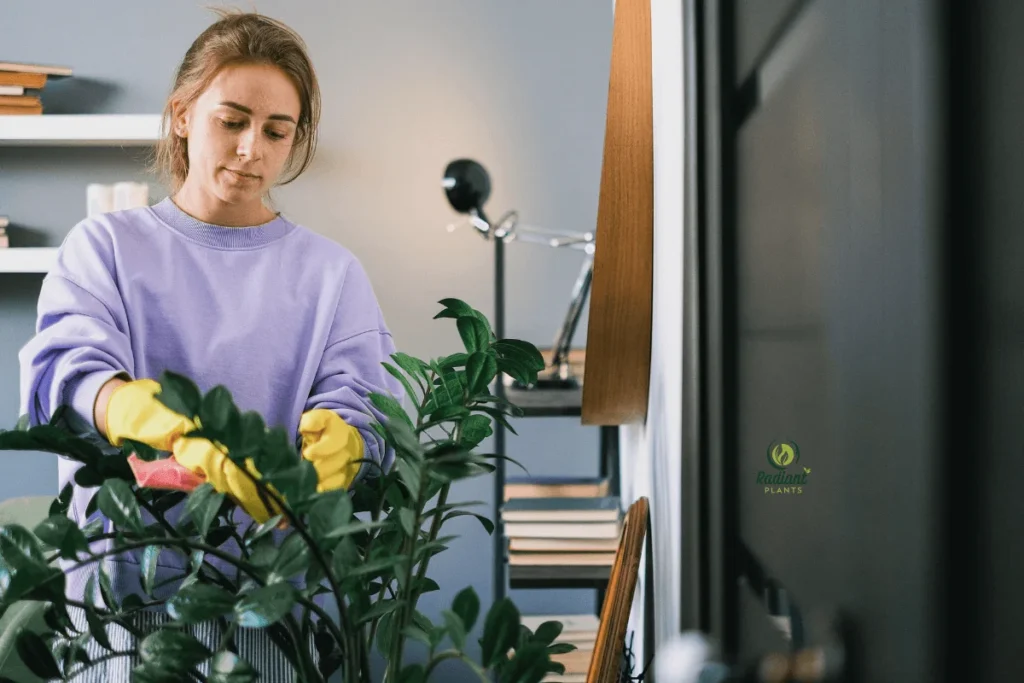
Even the best low light indoor plants need proper care to stay vibrant. While these plants are low-maintenance, understanding their unique needs for watering, feeding, and troubleshooting can prevent common mistakes that lead to poor growth or drooping leaves.
💧 Watering
Low light means slower growth—and that means less water.
Watering Guidelines:
- Allow the top 1–2 inches of soil to dry out before watering.
- Use well-draining pots to avoid root rot.
- Water less in winter, when light and growth decline.
✅ Pro tip: Feel the soil rather than sticking to a fixed schedule.
🌿 Fertilizing
The best low light indoor plants don’t need frequent feeding, but occasional nutrition boosts help.
Fertilizer Tips:
- Use a diluted balanced houseplant fertilizer (e.g., 10-10-10) every 6–8 weeks.
- Avoid over-fertilizing—too much can burn roots.
- Skip feeding in winter or during dormancy.
⚠️ Common Problems
Even though plants can show signs of stress. Here’s what to look out for:
Problem | Cause | Solution |
|---|---|---|
Overwatering | Let soil dry, reduce watering | |
Droopy or soft stems | Root rot | Repot in fresh, dry soil |
Pale leaves / leggy growth | Not enough light | Move closer to indirect light |
Brown tips | Dry air or inconsistent water | Mist occasionally or adjust care |
❓ FAQ: Why is my low light plant not thriving?
Even the best low light indoor plants can struggle if basic needs aren’t met. Common reasons include:
- Too much water → causes root rot
- Too little light → results in leggy or slow growth
- Wrong pot size → Roots become cramped or oversaturated
- Neglected feeding → nutrients may be lacking
✅ Check lighting, watering habits, and pot drainage before giving up—most low-light plants are incredibly forgiving once adjusted properly.
Styling Ideas for Dark Rooms
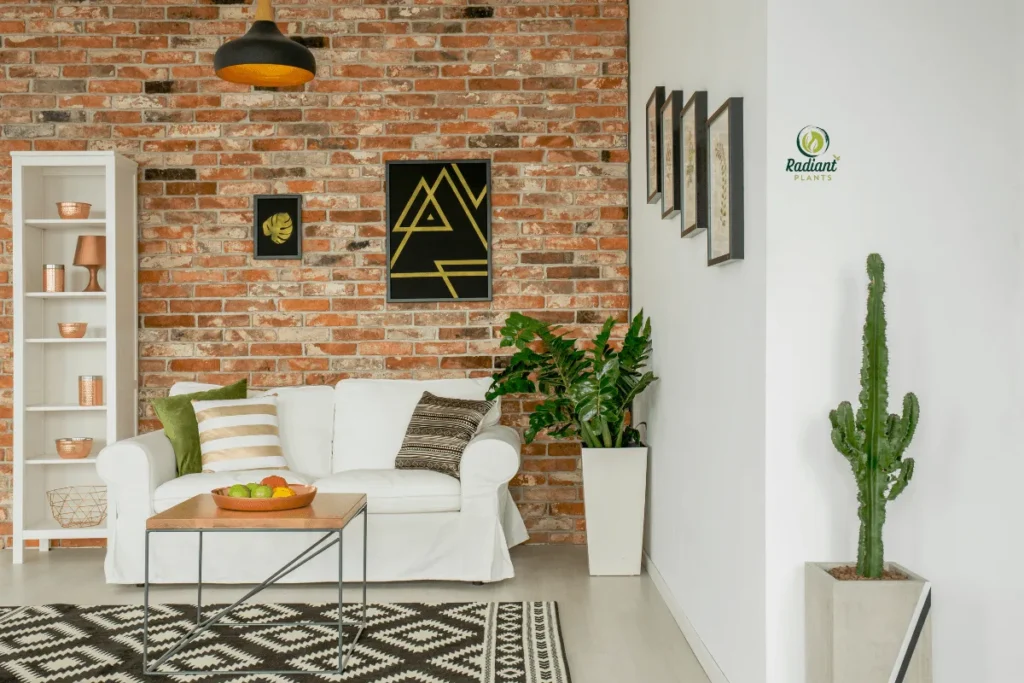
You can easily decorate with the best low light indoor plants to bring life and texture to even the gloomiest spaces. With clever placement and design pairings, these plants become both a natural air filter and a visual statement—even in rooms that rarely see the sun.
🌑 Where to Place Plants
Low light doesn’t mean “no style.” Use strategic placement to elevate your space:
Best Spots for Low Light Plants:
- Bookshelves & corners: ZZ Plant or Cast Iron Plant
- Bathroom counters: Peace Lily or Spider Plant
- Nightstands: Snake Plant or Parlor Palm
- Under floating shelves: Pothos or Philodendron (trailing)
Placing plants in underused spaces lets you decorate with the best low light indoor plants without crowding your room.
🪴 Pairing with Planters and Decor
The right pot enhances your plant’s charm. Think of it as a mini interior design moment.
Styling Tips:
- Modern spaces: Matte black or white ceramic pots
- Boho vibes: Woven baskets or terracotta
- Minimalist look: Glass planters or geometric stands
- Industrial tone: Concrete or metal pots
You can also mix in books, candles, and art pieces to create mini green “vignettes.”
🎨 Creative Styling Tips
Here’s how to make your low-light plant setup pop:
- Use plant stands to add height and variety
- Hang trailing plants like Pothos in macramé holders
- Line windowless hallways with snake plants in uniform pots
- Create a bathroom jungle with humidity-loving varieties
- Add a mirror nearby to reflect light and double the greenery effect
No matter your decor style, you can easily decorate with the best low light indoor plants to make any shadowy space feel lush, alive, and intentional.
FAQs About The Best Low Light Indoor Plants
What are the best low light indoor plants for beginners?
The best low-light indoor plants for beginners include the Snake Plant, ZZ Plant, Pothos, and Spider Plant. They’re low-maintenance, forgiving, and thrive in dim rooms.
Can low light indoor plants survive in rooms with no windows?
Most low light indoor plants need some indirect or artificial light. In windowless rooms, grow lights can help support plants like ZZ Plant or Cast Iron Plant.
How do I care for the best low light indoor plants?
Water sparingly, avoid direct sun, and ensure good drainage. These plants prefer stable conditions and benefit from occasional dusting and light feeding.
Are there flowering indoor plants that grow in low light?
Yes! Peace Lily and Chinese Evergreen can bloom in low light. They add color while thriving in shaded corners or north-facing rooms.
Which low-light indoor plants are safe for pets?
Pet-safe options include the Parlor Palm, Spider Plant, and Calathea. Always double-check toxicity levels before placing plants within reach of cats or dogs.
Choosing the right greenery for dim spaces doesn’t have to be a challenge. From understanding indoor light levels to picking plants that suit your lifestyle and décor, it’s all about finding the right match. The best low light indoor plants—like Snake Plant, ZZ Plant, and Pothos—thrive with minimal sunlight and little fuss. By placing them thoughtfully, using stylish planters, and following simple care tips, you can turn even the darkest corners into lush, inviting spaces.
Ready to bring more life into your home without the guesswork? Start with one of these easygoing green companions and enjoy the beauty of plants—no bright window is required. 🌿

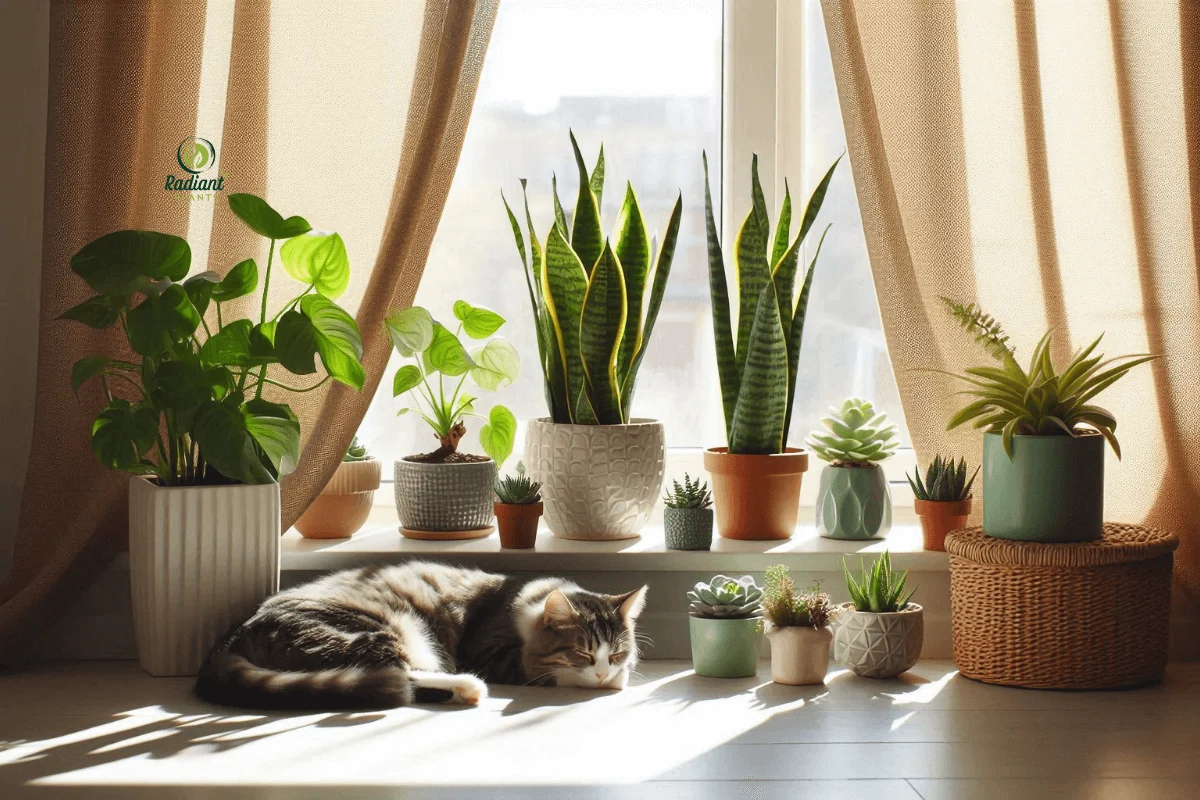
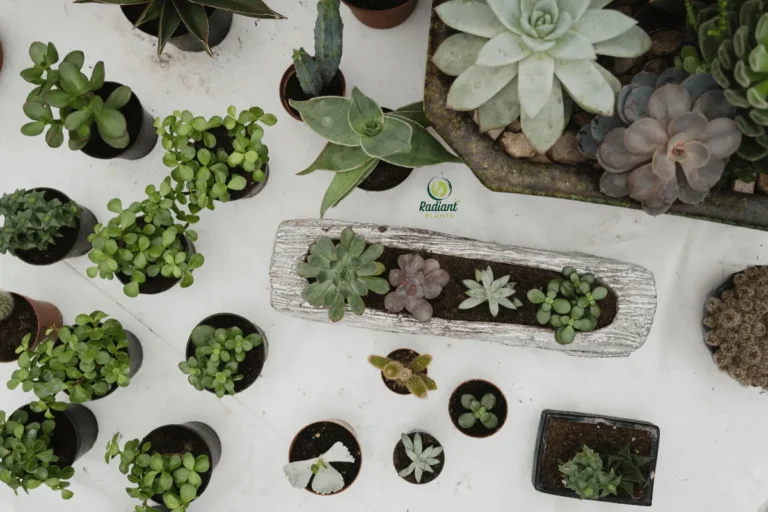
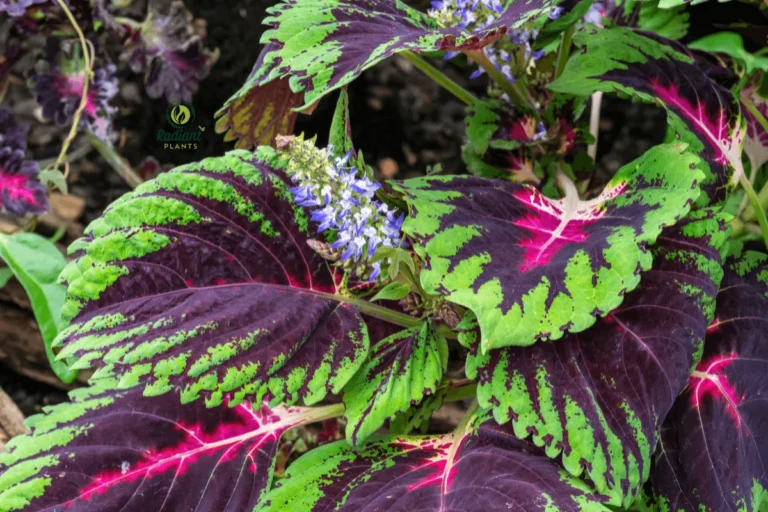
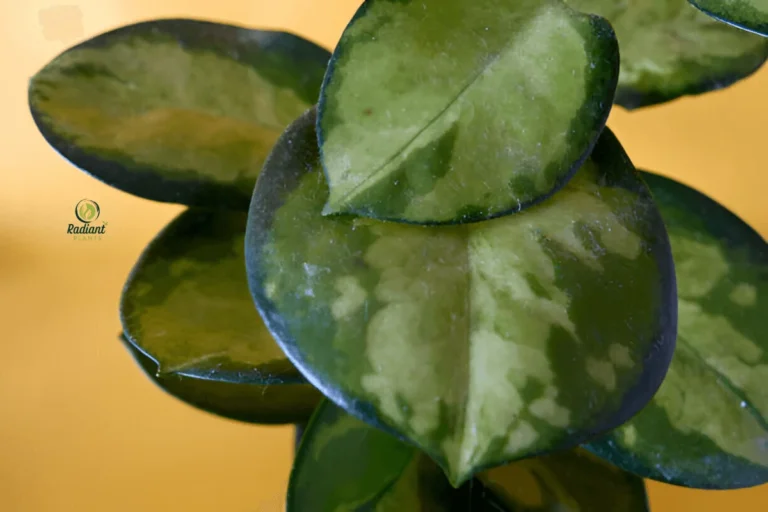
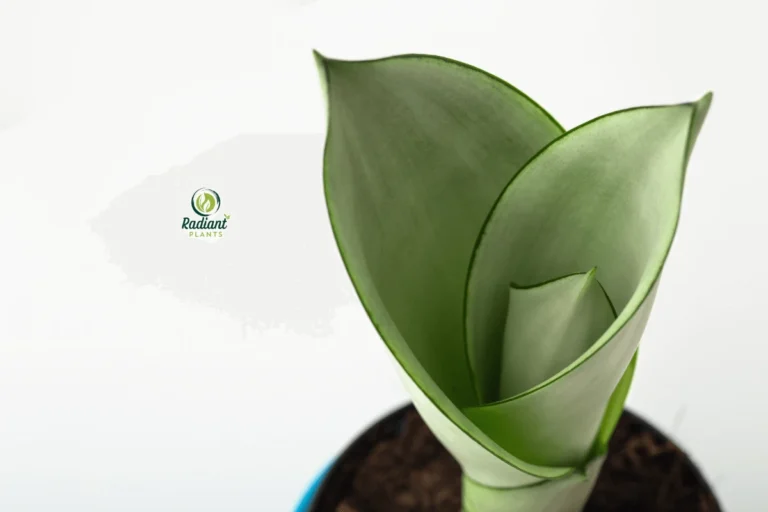
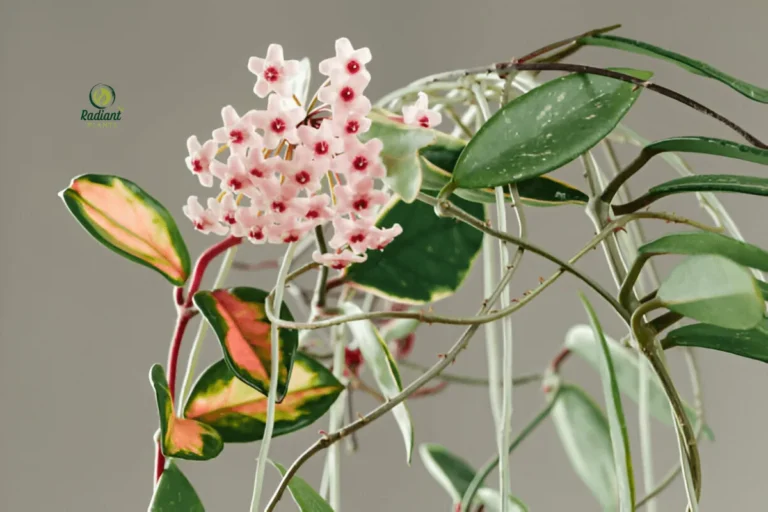
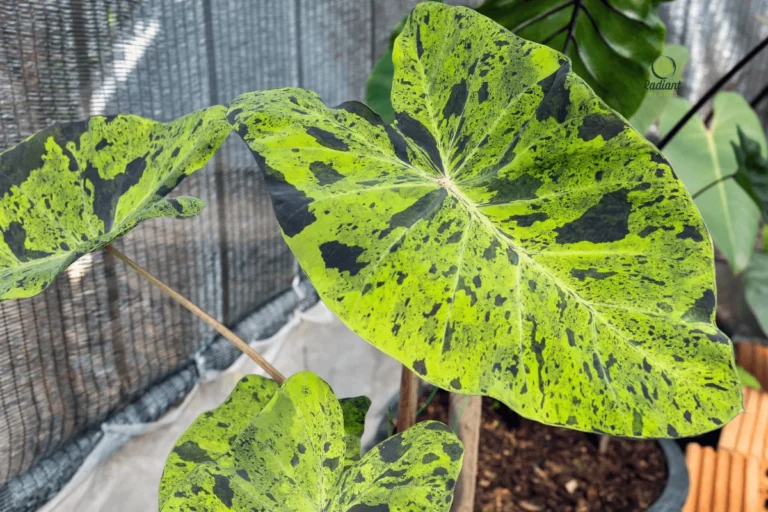
naturally like your web site however you need to take a look at the spelling on several of your posts. A number of them are rife with spelling problems and I find it very bothersome to tell the truth on the other hand I will surely come again again.
Thank you for the honest feedback—I truly appreciate it. I’ll definitely review those posts and make the necessary corrections. Your input helps improve the quality of the site, and I’m glad to hear you’ll be visiting again. Looking forward to having you back! 🌿
For the reason that the admin of this site is working, no uncertainty very quickly it will be renowned, due to its quality contents.
Thank you for the positive feedback! It’s great to hear that you appreciate the quality of the content. Maintaining high standards and providing valuable information is always the goal, and comments like yours make the effort worthwhile. I hope the site continues to be a useful resource for you and others who visit. If you have any suggestions for improvement or topics you’d like to see covered, feel free to share them!
This was beautiful Admin. Thank you for your reflections.
Your kindness truly brightened our day 🌸 Thank you for being here and sharing in this journey with us.
very informative articles or reviews at this time.
Thank you so much! I’m really glad you found the articles informative. I always aim to share helpful plant insights and care tips — more exciting posts are on the way! 🌿💚
I truly appreciate your technique of writing a blog. I added it to my bookmark site list and will